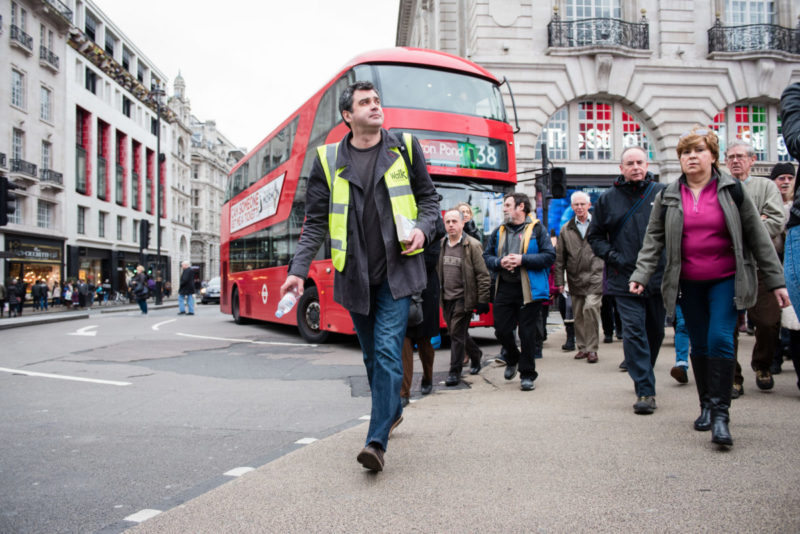Miguel Simão argues that COP27 should have shown a spotlight on the importance of improving public transport
Given that the transport sector is one of the biggest emitters, it is problematic that COP27 didn’t dedicate an entire day to talks on transportation, as was the case with COP26. Sustainable transportation was part of the talks on ‘Solutions Day’, but the focus was placed only on EV transition, with little to no mention of shared mobility as one of the most effective ways to reduce greenhouse gas emissions.
Electrifying vehicles is crucial, but with grids that aren’t 100% clean, transitioning to EVs is only a partial solution to a problem that requires action on multiple fronts. A single journey by bus emits 82% less than the equivalent distance in a personal car. For this reason, it’s a shame to see that COP27 did not make a louder and clearer call for the boosting of public transport services.
Electrifying vehicles is crucial, but with grids that aren’t 100% clean, transitioning to EVs is only a partial solution to a problem that requires action on multiple fronts
The over reliance on private cars is causing congestion, worse air quality in cities, longer commute times, and an overall worse quality of life for people. If we hope to make a dent in harmful gas emissions we need to tackle the problem both by incentivising EV transition, but also by making sure we are reducing the overall number of vehicles on our roads. This can only be done if the public is offered transport networks that are reliable, affordable, and accessible to everyone.
Reliability is really the key here, as the majority of people cite delays as the top reason for not choosing public transport over their own vehicle. And guaranteeing a reliable service is a challenge in itself, since most operators don’t have visibility over their main asset: the vehicle. Despite disposing of a wide arsenal of tools, which greatly improve the efficiency of operations, there is still a long way to go to digitise maintenance operations and to ensure that vehicles are fit to complete a journey reliably, safely, and without disruptions.
It would be great to see a push towards the digitisation of maintenance operations to improve the reliability and, in turn, the ridership numbers of public transport services. Tools like predictive maintenance can help transport operators to plan servicing in advance and based on real-time data, rather than estimates. They can predict a failure before it occurs and maximise vehicle availability, so that buses stay on the road, where they should be, serving people.
Events like the COP27 Summit are an important occasion to draw attention to the initiatives that matter to fight climate change. Any policy that doesn’t make the improvement of public transport one of its flagship initiatives is falling short of what we could achieve if we truly committed to reliable, accessible shared mobility.
The opinions expressed here are those of the author and do not necessarily reflect the positions of Automotive World Ltd.
Miguel Simão is Lead Data Scientist at Stratio Automotive
The Automotive World Comment column is open to automotive industry decision makers and influencers. If you would like to contribute a Comment article, please contact [email protected]

